The Maddest, Most Beautiful Thing (Thin Ice)
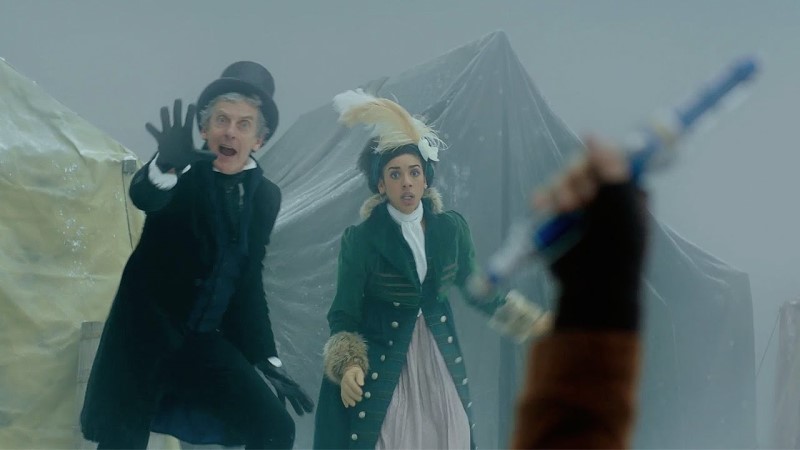 |
| The Doctor and Bill frantically try to warn Chibnall off his staffing decisions. |
It’s April 29th, 2017. Clean Bandit and Zara Larsson are at number one with “Symphony.” Ed Sheeran, Harry Styles, Kendrick Lamar, Shawn Mendes, and Jason Derulo (backed with Nicki Minaj and Ty) also chart. In news, things are fairly sleepy. Work begins in New Orleans to dismantle some Confederate memorials. Anthony Joshua becomes WBA heavyweight champion. It’s a slow week. We don’t get those very often anymore.
On television, meanwhile, Thin Ice As we’ve discussed, one of the major features of the Capaldi era, especially compared to the Smith era, is Moffat’s development of a stable of writers who can fill out a large portion of every season with solid, compelling results. The core of this are Jamie Mathieson, Peter Harness, and Sarah Dollard, who among them contribute at least three of the non-Moffat scripts in each of Capaldi’s seasons, and thus ensuring a minimum of seven episodes every season that were good or better. Add in Gatiss’s late career bloom and the reason the Capaldi era is such a golden age becomes clear even before you start thinking about Moffat’s own late style renaissance.
Of that core stable, Dollard is the oddity, in that she arrived in Series Nine and only did two episodes. Harness and Mathieson each have twice as many data points from which to draw conclusions about their interests and work. With Dollard, however, we get Face the Raven and this. It’s not that this is insufficient. Plenty of other important Doctor Who writers exist with a similar paucity of stories: Ian Briggs, Stephen Wyatt, Philip Martin, Christopher Bailey, Stephen Gallagher, Robert Banks Stewart, Don Houghton, and Donald Cotton all turned in two stories and are clearly writers it’s both possible to draw a bead on and worth doing so. Even more exist in the new series, where two story writers are common. But Dollard feels extraordinary even within this company, which, let’s note, includes some of the finest writers to grace the series.
One big and obvious reason for this is that she is the first woman to feel like a major writer for televised Doctor Who. Obviously other women have written for the series, including Helen Raynor, Rona Munro, and Jane Baker as ones to have multiple credits. But neither Raynor nor Munro feel era-defining, while Jane Baker is, let’s say, not necessarily a positive model. Dollard is joined only by Kate Orman on the short list of women who have felt like era-defining figures in a remotely positive way. And in an era like the late 10s, when one of the most pressing issues facing Doctor Who and SF/F media in general is the need to foreground diverse voices, having Dollard as the first major woman writer of Doctor Who is an important thing to understand.
Let’s start with the obvious: if you want to be a major woman writer of Doctor Who, it helps to be Australian. Which is great news for Caitlin.…



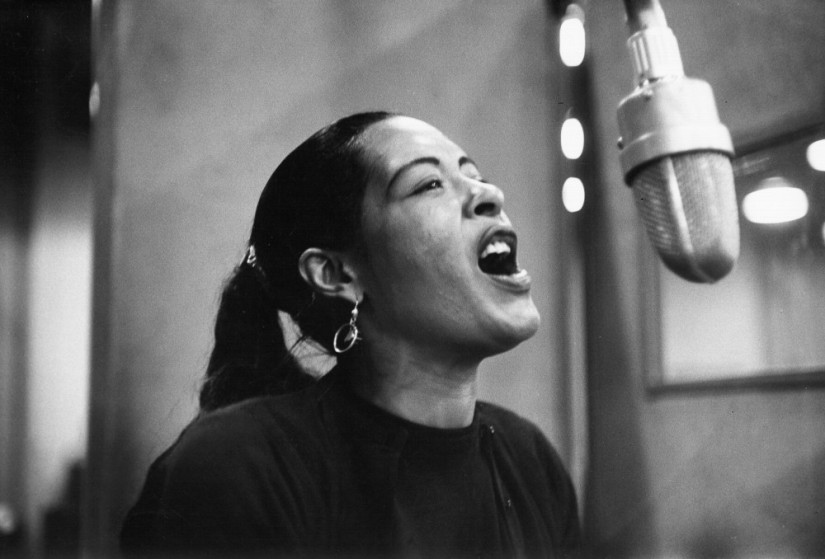
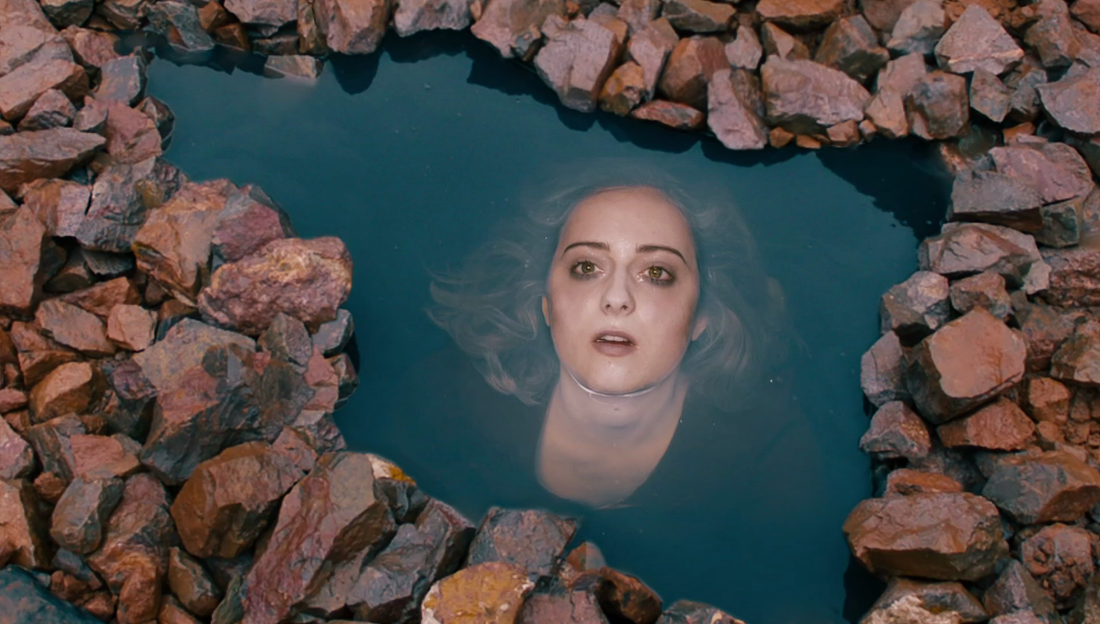
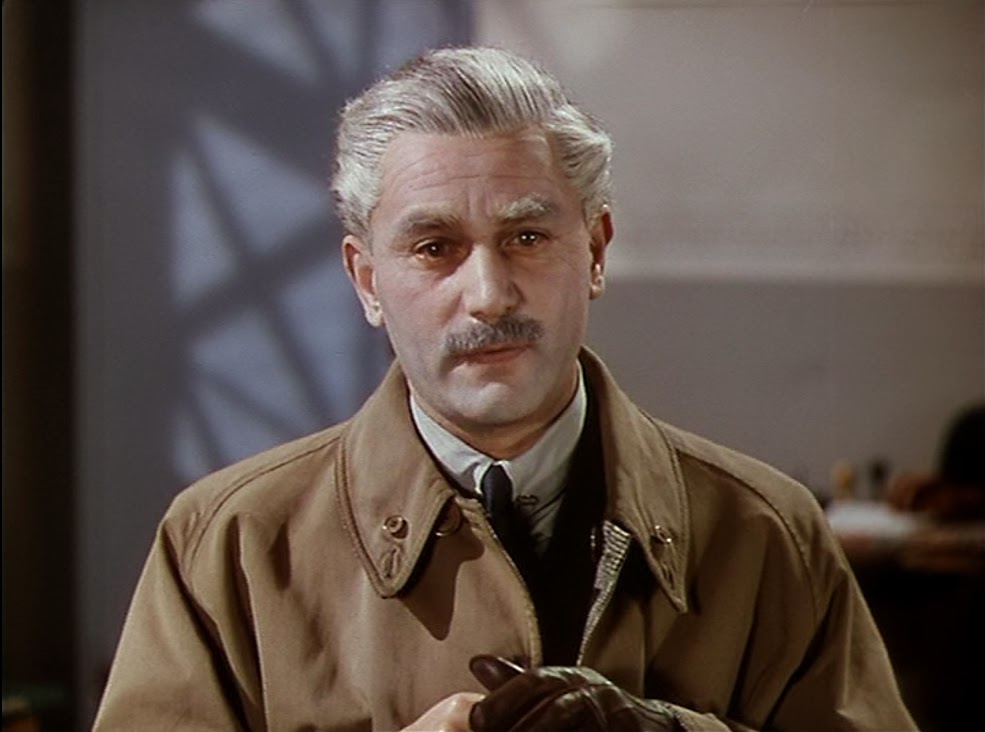
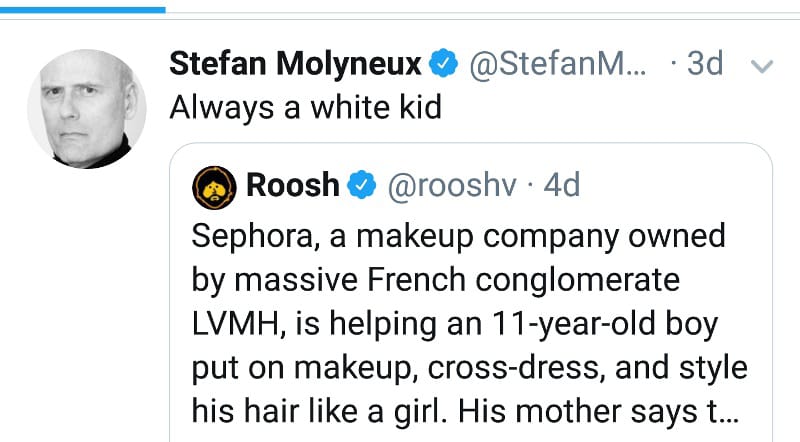
.jpeg)
.jpeg)
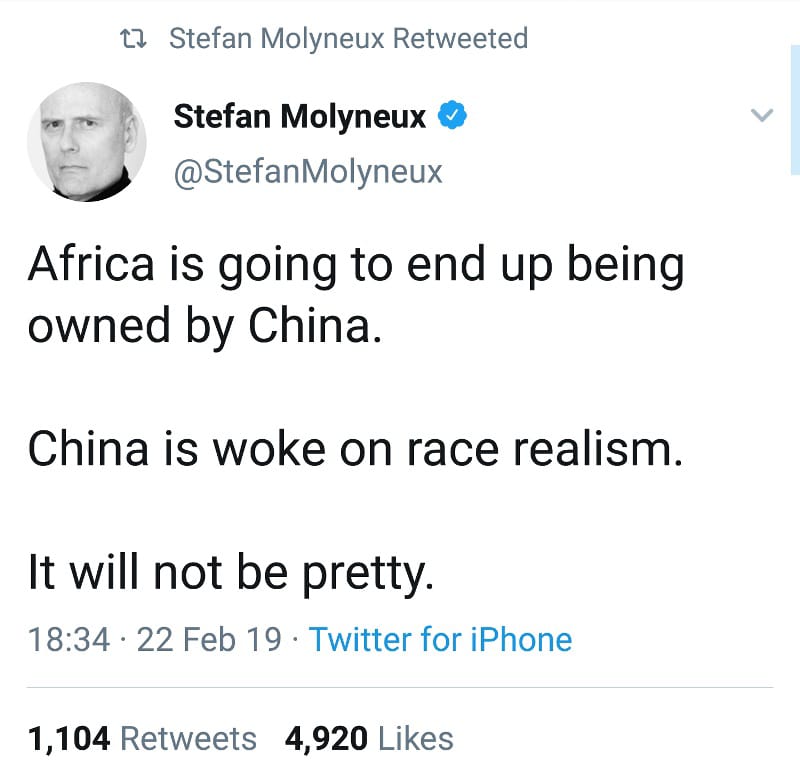
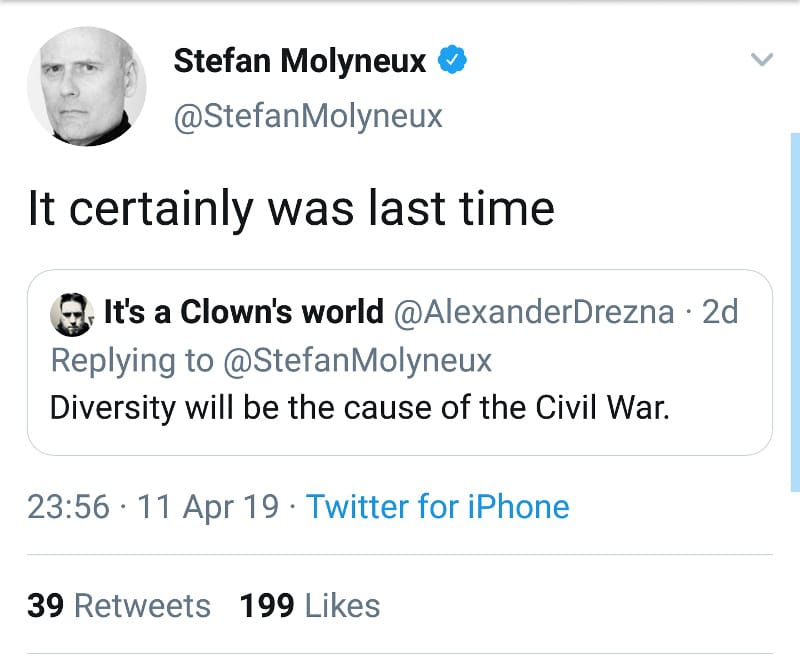
.jpeg)
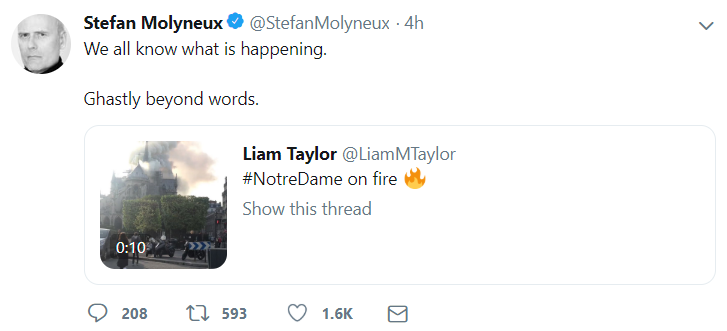
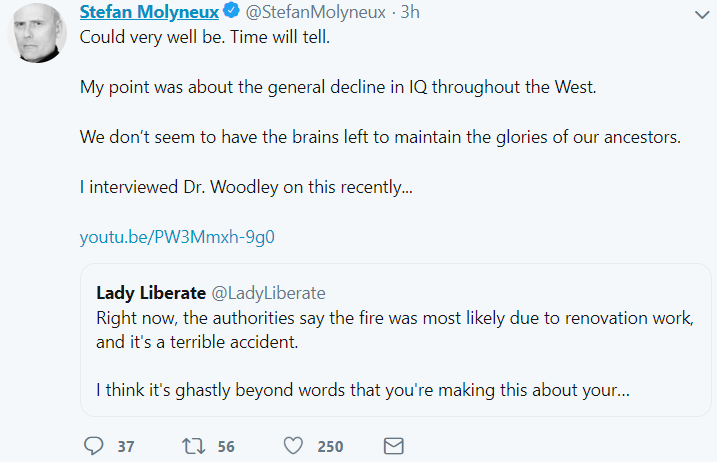
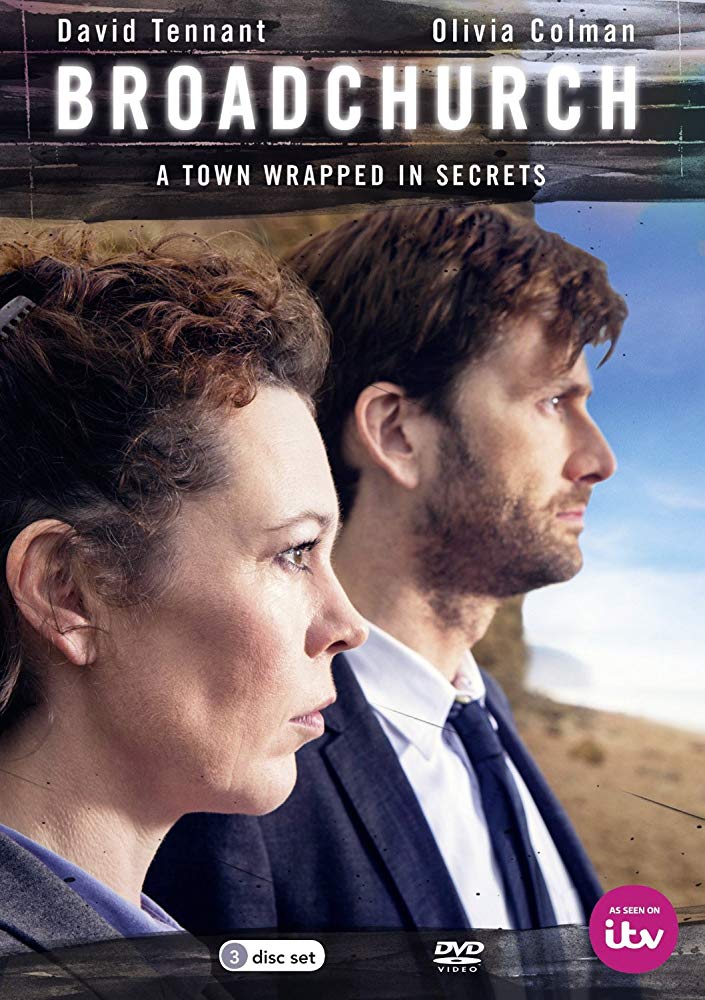 I want to start with an update to
I want to start with an update to